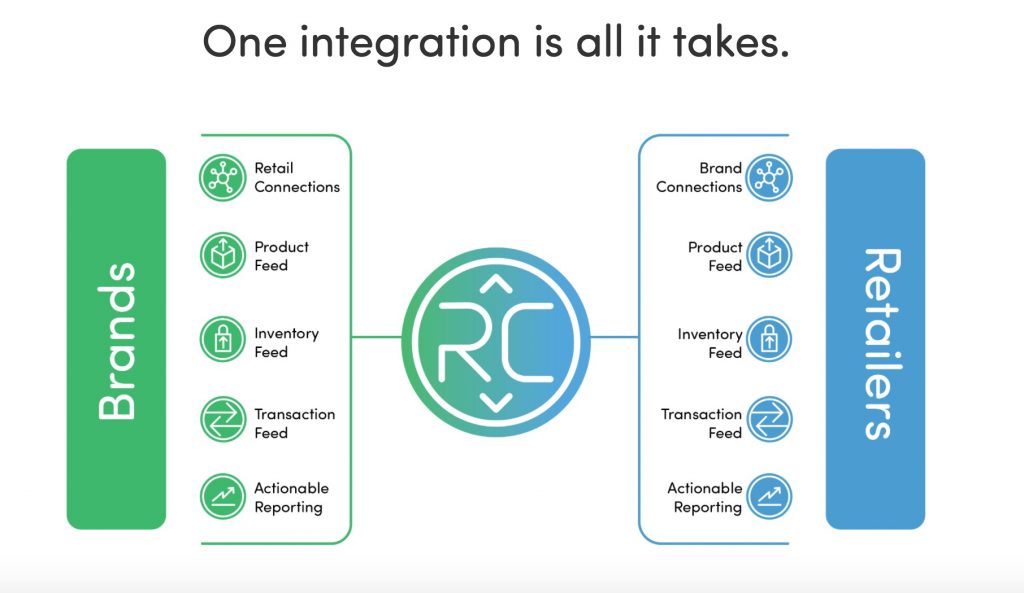Every leaf from every tree on my street somehow landed on my lawn overnight. With hours of raking ahead of me, let’s go straight to this week’s supply chain and logistics news…
- Koch Agrees to Invest over $2 billion in Infor
- Infor Delivers Next Generation Cloud-based Supply Chain Planning Suite
- Amazon.com’s Marketplace Concept Spreads to Other Retailers (WSJ- sub. req’d)
- UPS air maintenance workers vote 98 percent to authorize strike (Reuters)
- DOE awards $5 million for truck platooning project (FleetOwner)
- Drone startup Zipline raises $25 million (recode)
- FAA pushing more drone regs (The Hill)
- UPS And Sealed Air Partner To Provide Powerful E-Commerce Packaging And Shipping Solutions
- OOIDA files challenge to 2015 FMCSA med exam rule over sleep apnea provision (CCJ)
The big news this week was the over $2 billion investment Koch Equity Development LLC, the investment and acquisition subsidiary of Koch Industries, is making in Infor, which according to the press release will provide the company “access to additional growth capital to accelerate innovation, expand distribution, and continue disrupting the enterprise applications industry [emphasis mine].”
There are many factors that are disrupting the enterprise applications industry, but in my opinion, the biggest one is the recognition by both users and vendors that networked-based applications in the cloud — which I call Supply Chain Operating Networks — are the best platform to plan and execute business processes that involve many external trading partners. “The future belongs to networked companies,” said Infor CEO Charles Phillips this past summer at the company’s user conference (watch video from the conference). It’s why Infor paid a hefty $675 million to acquire GT Nexus last year, it’s why investments are rising in Supply Chain Operating Networks, and it’s why I believe Infor will use part of this investment to expand its global commerce network, both organically and via other acquisitions.
For related commentary, see Follow the Money: Investments Rise in Supply Chain Operating Networks and Where to Find Supply Chain Innovation.
Speaking of the network-based platforms, check out what RevCascade is doing. As highlighted in the Wall Street Journal yesterday, the company is enabling Crate & Barrel to “[add] items to its online assortment that it won’t handle or ship. Wal-Mart Stores Inc. and Macy’s Inc. are among the other retailers that have opened their e-commerce sites to third parties as a way to expand their reach with consumers.”
Simply put, it’s a marketplace model, where consumers order products online via a retailer’s e-commerce site, but the order is transmitted to the vendor for drop-shipping. Rather than every retailer creating and managing thousands of individual connections to vendors, they make a single connection to RevCascade. The same is true for vendors: they can accept, process, and manage orders from multiple retailers via a single connection.

This is yet another example of how commerce and logistics are converging, another example of a business process that ERP and traditional inside-the-four-walls applications are not designed to do well, and yet another driving force behind the investments being made in Supply Chain Operating Networks.
In trucking-related news, “Purdue University has received a $5-million grant from the U.S. Dept. of Energy to study fuel savings and vehicle-to-vehicle (V2V) communications for truck platooning,” as reported by FleetOwner. According to the article:
Industry partners in the three-year project, which is scheduled to start in March, include Cummins, Peterbilt Motors Co., ZF TMW and Peloton Technology. They will also be joined by the Univ. of Arizona and the National Renewable Energy Laboratory (NREL) to study Peloton’s current and next-generation truck platooning technologies, advanced powertrain concepts from Cummins, automated steering controls from ZF TMW and new truck designs from Peterbilt.
As Jeff Potts from LeanLogistics (a Talking Logistics sponsor) commented in a recent episode of Talking Logistics:
“I think platooning is potentially a great way to start getting autonomous vehicles in the marketplace because it’s a bit of a step change. You still have a driver in the front truck leading the pack with the other driverless trucks following in close proximity. There are fuel consumption benefits from drafting, as well as cost benefits because you don’t need to have a driver in every vehicle. But it’s also a smaller leap for the government and the driving public to take; they would feel more comfortable knowing there’s still a driver behind the wheel who can take control if something from a technology perspective goes wrong and prevent a safety issue.”
I agree with Jeff and I believe this DOE project will help move the needle of progress forward. For related commentary, see Driverless Trucks: Heading Somewhere or Nowhere Quickly?
Finally, a few weeks ago I predicted that obstructive sleep apnea will be the next battleground for regulators and the trucking industry, and this week, as reported by CCJ, “The Owner-Operator Independent Drivers Association filed a challenge with a federal appeals court against a 2015 U.S. DOT rule that altered the driver medical examination process. OOIDA claims the DOT slipped in a provision on sleep apnea screening into the final rule that was not included in the proposed rule, thereby bypassing the legal rulemaking process.”
And so the battle begins.
And with that, have a great weekend!
Song of the Week: “Radio” by Sylvan Esso










